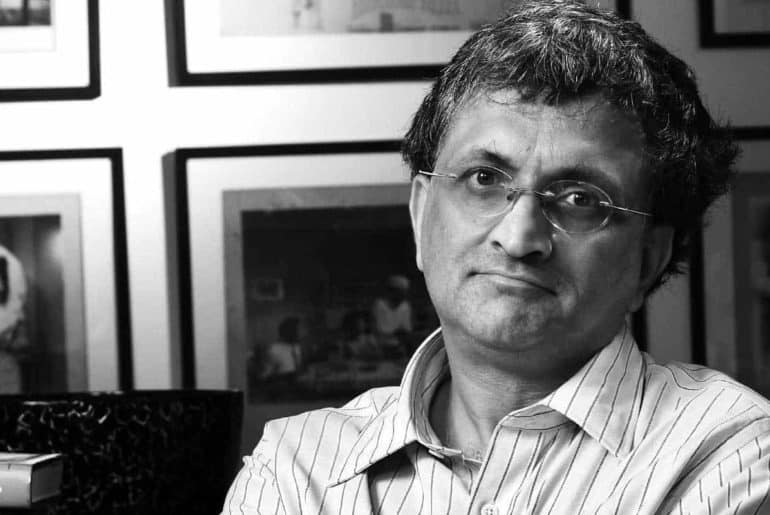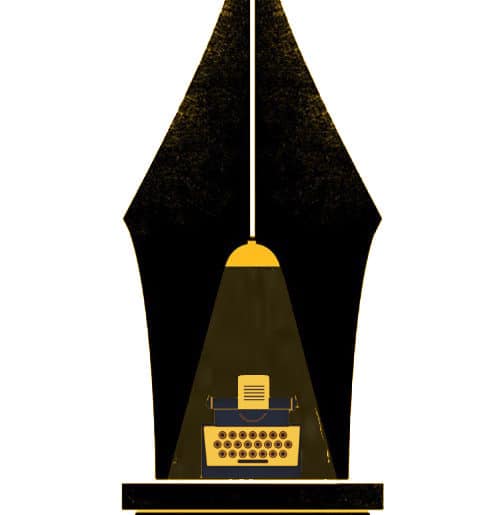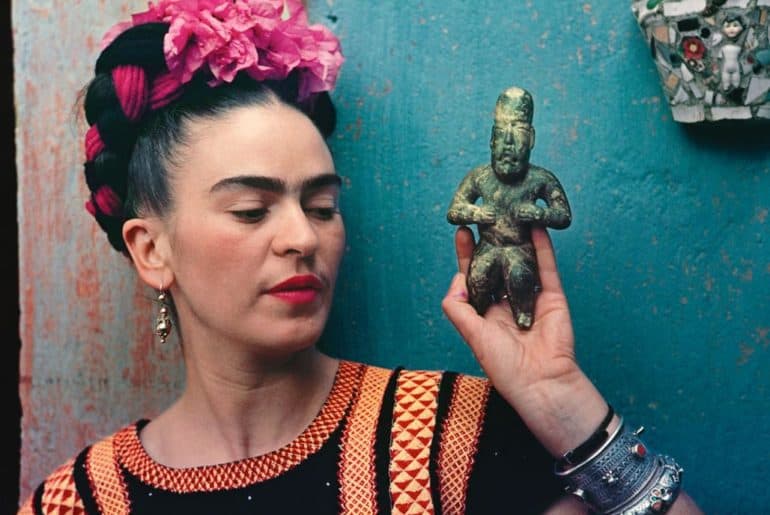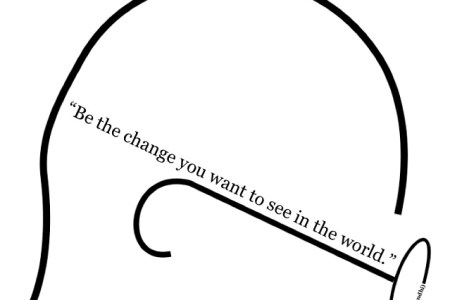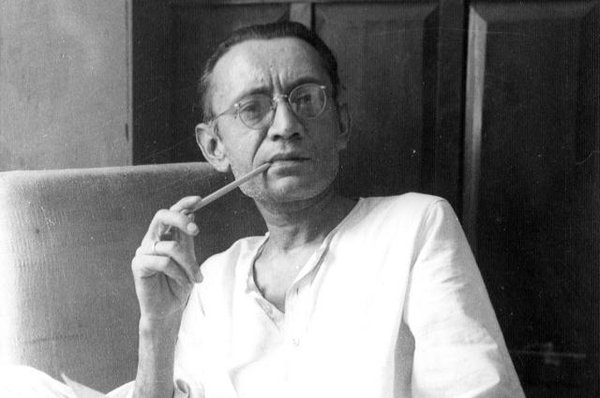A short overview of yet another incident of squandering of free speech, this time the withdrawal of Ramachandra Guha from the Ahmedabad University by the ABVP.
On many an occasion, you would have heard a typical Hindi speaking elder saying ‘koi dudh ka dhula nahi hota hai’. This means that in this big, bad world, nobody is pure enough to be bathed in milk. The case applies in the current student politics scenario where each faction has some or the other allegation or misdemeanour attached to their name. Recent happenings have pitched the National Students’ Union of India in a battle of words against the Akhil Bhartiya Vidyarthi Parishad (just another natural phenomenon in the University of Delhi). However, this time, the debate has transcended over state borders and also brought Ahmedabad University in play. The fire was ignited when ABVP openly stated its displeasure towards the teaching of eminent historian Ramachandra Guha at AU. This displeasure soon transformed into the complete withdrawal of Guha’s teaching position from the University in Gujarat.
Back in October, Guha had announced that he was joining the AU for a short period as the Director of the Gandhi Winter School. The history stalwart has authored several books on Indian history and Gandhi along with his other passion, cricket. Over time, he has garnered respect even if his loud words might have brought trouble for him on some occasions. However, the ABVP chose to put him in the shade of the umbrella of the ‘anti-national’, a term that we are hearing a little more than often nowadays. A memorandum was submitted by RSS’s student political body to the varsity’s registrar for the same.
It has been alleged by representatives like Pravin Desai, the Secretary of the Ahmedabad unit of ABVP, that ‘Guha’s oratory and writing skills encourages and inspires in students a mindset that is anti-national. He has done that in JNU and HCU in the past’. Now definitely, some might get motivated with the sparks of rebellion lighting up in campuses like the Jawaharlal Nehru University but there are others too (normal free-thinking citizens apart from the ‘great’ self-acting ABVP) who would not want such rebellious ordeals to take place in this tumultuous country. So, the latter can express their displeasure against authors that might seem too ‘edgy’ or bold for our mindsets. However, this displeasure does not mean intend totally banning writings or removing distinguished scholars from their academic positions, if you think using a non-Orwellian democratic mindset. Alas! RSS’s student wing does not seem to comprehend this mindset as shown from recent events.
Even though Ahmedabad University says Guha has acted on his own decision and not been sacked as such, the NSUI clearly feels that the pressure from the ABVP is the major factor prompting his decision. ‘They are thugs, not students. @Ram_Guha often a trenchant critic of Congress too, but NSUI has never shut down anyone like this’ That’s how NSUI national in-charge Ruchi Gupta addresses Guha’s sacking in AU in her tweet. Again, as mentioned before, no one here is ‘dudh ka dhula’ so we cannot blindly support NSUI in their stance too (considering their ‘great’ record in DU similar to the ABVP).
Is the NSUI just playing the role of a generic opposition and criticising for the sake of criticising or have they actually stood by their opinion of letting free speech grow in a university space in the years they have been in power? That is for us to decide as citizens of a ‘somewhat free world’.
Feature Image Credits: Flipkart Stories
Shaurya Thapa

